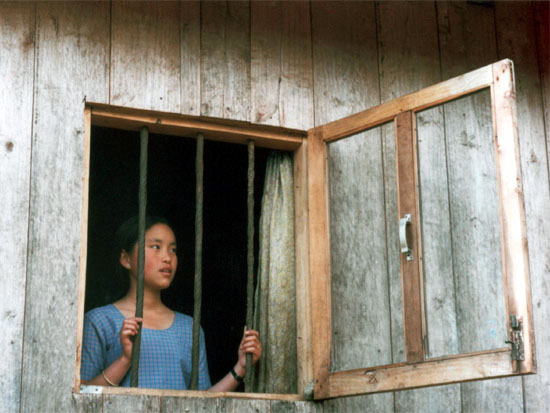Apr 13, 2025
Apr 13, 2025
 Most people start out in digital photography taking 'candid shots' - pictures of people in their environment when they are not posing.
Most people start out in digital photography taking 'candid shots' - pictures of people in their environment when they are not posing.
Unfortunately, most of those pictures end up being rejects - unflattering or just plain uninteresting.
The good news about digital photography, though, is that there's no penalty for trying. It costs nothing to download the pictures on to your PC and view your results, and you don't feel compelled to print out anything that's not worthy.
The trick, though, is to come to the practice of shooting candid shots with a bit of knowledge about what techniques give you a better chance at getting a higher percentage of keepers.
With your digital camera in hand, you'll no doubt be tempted before long to take pictures of people while they're eating. Casual get-togethers, company events, sporting events, and other situations in which candid shots are commonly shot often involve food - and new photographers are tempted to snap those pictures when their subjects are chomping down on something tasty.
Avoid that temptation. The reason is simple: people are often in unflattering positions when they're eating, and they're generally not in a mood to be photographed then.
They'll be concerned that they have food on their chin or hanging out of their mouths - and in the worst cases, they actually will. Unless you're photographing a bride and groom sharing a ceremonial piece of wedding cake, let people eat without the flash bulbs going off.
When you're shooting people in unposed situations, it's easy to get tunnel vision, concentrating solely on your subject. But an interesting picture consists of more than just your subject.
It's a combination of subject and context - and that context includes what's behind and around your subject. If in your photograph you unintentionally capture distracting or unattractive poles, concrete, or people engaged in distracting activities, the impact of your photo will be diminished.
Try for uncluttered, natural backgrounds, if possible, or make sure that any people behind or around your subject are part of the story that your picture is telling.
Sure, posing goes altogether against the idea of candid shots. But the fact is that getting people in the mood to be photographed and in the right environment for a compelling shot often results in photographs that we end up keeping around - and that, after all, is usually the point of taking pictures in the first place.
Saying something like, "hey, would you mind moving over here so that I can take your picture" is not that hard, and people often respond favorably, giving you the type of shot that you want.
To make any candid pictures of people more interesting, try shooting them from unusual angles. Instead of shooting people always at eye level, see what happens in your viewfinder when you move to the left or right, crouch down, or stand on a stool.
Try to get your subjects looking up at you a bit rather than straight on. This is especially effective for older people. With children, on the other hand, get down on their level rather than shooting them from above.
Taking a picture of a toddler amid a sea of adult legs can be effective - and draw out an expression from the toddler that's special.
Even if you're a very experienced photographer, you won't gain any friends if you show them candid shots of themselves that aren't flattering. So don't spare the delete key.
Lighting is critical to any good photograph, and that includes candid shots. Try to get your subjects in light that is flattering to them. Harsh sunlight that makes your subjects squint isn't the best, nor is taking a picture of someone when the sun is at that person's back, since your camera will be overwhelmed by the light from the back and your subject will end up looking dark.
To compensate for difficult lighting situations, consider using your camera's built in flash - or an accessory flash - even when you're outdoors. Flash will fill in any shadows in an unevenly lit scene, and it will enable your camera to better adjust the colors in a scene, which will result in more pleasing skin tones.
A rule of thumb in all people photography is always to focus on the subject's eyes, since that is the natural focal point of the viewer. If your subject's eyes are out of focus, the entire photograph will be perceived as "off".
So use the focus point selector on your digital camera to ensure that the main subject's eyes are where you focus. The only exception to this rule would be if you're intentionally trying to achieve a special effect through a less conventional method of focus.
Image (c) Indrajit Bandyopadhyay
14-Jun-2008
More by : Jay Dougherty